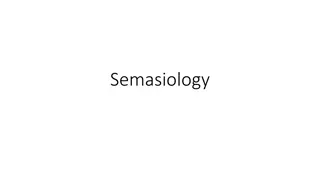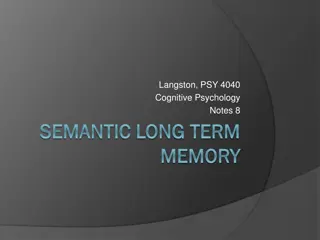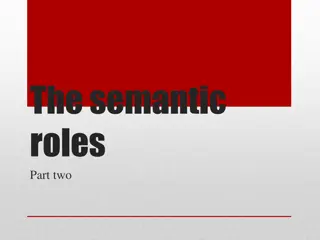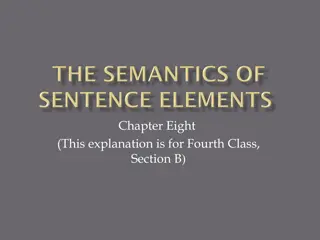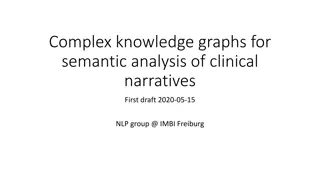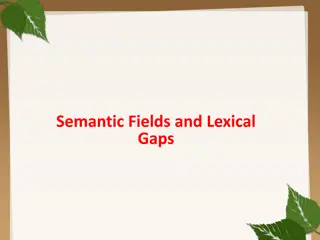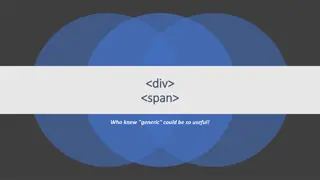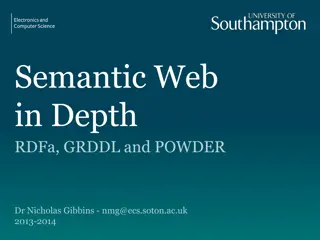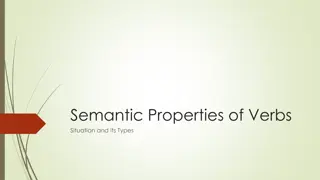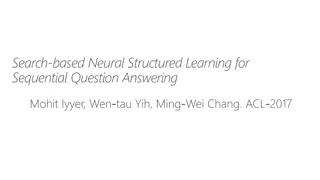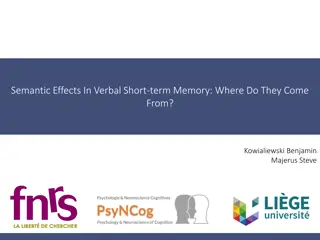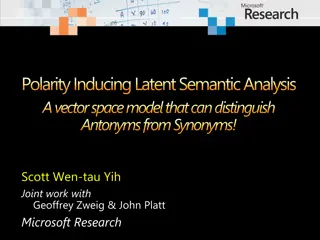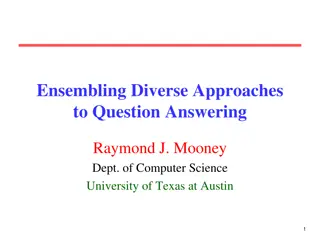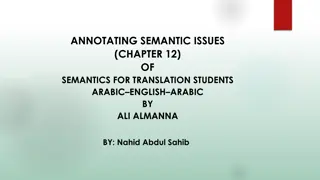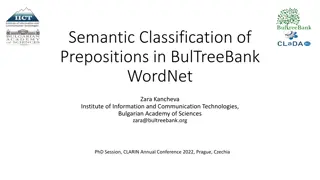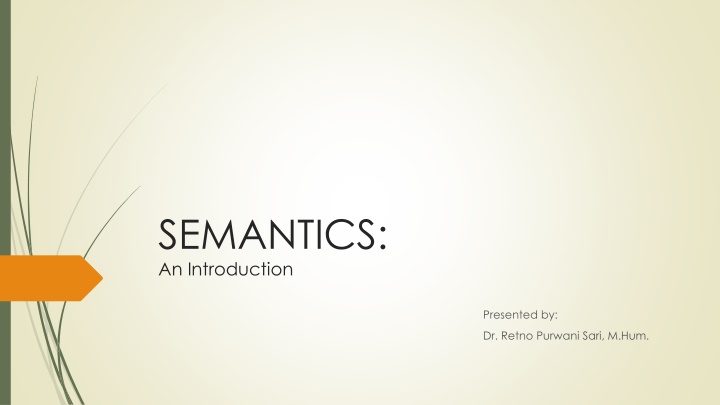
Exploring Semantics: Origin, Etymology, and Meaning
Discover the fascinating world of semantics through an introduction by Dr. Retno Purwani Sari, exploring the origin, etymology, and meaning of semantics. Delve into the study of meaning in language and the integrated semantic descriptions of natural languages. Understand the significance of word and sentence meanings and how semantics plays a crucial role in language understanding.
Download Presentation

Please find below an Image/Link to download the presentation.
The content on the website is provided AS IS for your information and personal use only. It may not be sold, licensed, or shared on other websites without obtaining consent from the author. If you encounter any issues during the download, it is possible that the publisher has removed the file from their server.
You are allowed to download the files provided on this website for personal or commercial use, subject to the condition that they are used lawfully. All files are the property of their respective owners.
The content on the website is provided AS IS for your information and personal use only. It may not be sold, licensed, or shared on other websites without obtaining consent from the author.
E N D
Presentation Transcript
SEMANTICS: An Introduction Presented by: Dr. Retno Purwani Sari, M.Hum.
Origin and Meaning of Semantics Semantics (n) replaced semasiology (1847), from German Semasiologie (1829), from Greek semasia "signification, meaning. Semantics (n) "science of meaning in language," 1893, from French s mantique (1883). 1894, from French s mantique, applied by Michel Br al (1883) to the psychology of language, from Greek semantikos "significant," from semainein "to show by sign, signify, point out, indicate by a sign," from sema "sign, mark, token; omen, portent; constellation; grave" (Doric sama).
Etymology semasiology (1847) Semantics (1893) Semantique (1883, French) Semantikos (1894, Greek) Semainein to show by sign, signify, point out, indicate by a sign," sema sign, mark, token
Etymology Semantics (1893) sema suffix ics sign, mark, token suffix ic suffix s (n) (adj) "matters relevant to in the names of sciences or disciplines
Topic Lyons 1977 Allan 2001 Wierzbicka 1988 Griffiths 2006 Definition The study of meaning. The study of meaning in human language; meaning is a compositional. It is a property of words. The study of meaning encoded in natural language; then syntax is simply one part of semantics Descriptive subject: the study of word meaning and sentence meaning, abstracted away from contexts of use. Matrix Concentration Meaning: what is to be understood by meaning Meaning is a compositional. It is a property of words. It is a result of systematic construction process which adds logical words one by one Integrated semantic description of natural languages: lexical semantics, grammatical semantics, and illocutionary semantics. The main features of the meaning system. Meaning is a description and understanding that people have from knowing the language. You can know a language perfectly well without knowing its history
Construct Language is integrated system, where everything conspires to convey meaning words, grammatical constructions, and illocutionary devices (including intonation) (Wierzbicka, 1988:1) see case 1 Meaning, in semantic perspective, covers representation of the meaning of every constituent and expression in language, and also of the meaning relationships between thems.
Case 1 Young bachelors are often irresponsible.
Language Meaning Lexical semantics Grammatical semantics Illocutionary semantics* The concept: an integrated semantic description of natural languages. It means that lexicon, grammar and illocutionary structure are unitedly encompassed. Grammatical semantics can be naturally subdivided into the semantics of syntax and the semantics of morphology.
Back to Case 1 Young bachelors are often irresponsible. Morphology scope: The meaning of bachelors, for example, is composed from at least bachelor and s. Contrast test is applied to identify the features meaning. Morpho-syntactic scope Meaning that is constructed from relationship between two.
Bachelor [+HUMAN][+CREATURE], [+LIVING], [+MOVEMENT], [+THINK] [+MALE] [+ADULT] [-MARRIED] The semantic lexical of bachelor: an unmarried man The semantic of the combination of the lexical bachelors stated in dictionary, an unmarried man
Suffix -s [PLURAL] [NOUN]
Grammatical Semantics Grammatical semantics can be naturally subdivided into the semantics of syntax and the semantics of morphology. In case 1 grammatical semantics of bachelors The semantic of the combination of the lexical bachelors stated in dictionary, an unmarried man + plural noun = unmarried men the morphosyntactic class of bachelors = Noun
Young bachelors Young [-ADULT] [+STAGE OF LIFE] [+EARLY] Syntactically young restricts bachelors. The meaning of noun phrase, young bachelors, is composed from the meaning syntactic relationship between the two words; unmarried men in early stage of life.
Case 1 Young bachelors are often irresponsible. The grammatical semantics of such a clause: The combination of the meaning of each phrases, words, and listemes in the clause as well as the various relationship between the constituent listemes and their combination indicated by the syntactic structure. Note: Listeme is a language expression whose meaning is not determinable from the meanings of its constituent forms and which therefore a language user must memorize as a combination of form and meaning.
Further Lexical Meaning Continued to other classes
Syntax A beautiful house Phrase = noun = noun phrase A, beautiful, house A beautiful house is mine. S V C 1 phrase 2 words A beautiful house of mine a beautiful house which is mine Head
Semantics Meaning properties/feautures/component: [CREATURE] [LIVING] [MOVEMENT] [THINK] Concept: a living creature who can move and think = for human The semantic of morphology Concept: existence of = for being Human being = the existence of a living creature who can move and think

